Earth Science Posters for Teachers
- Free Plan

Map of the World's Climate Zones
Display this climate zone map in your classroom while teaching about the 6 climate types.
- Plus Plan
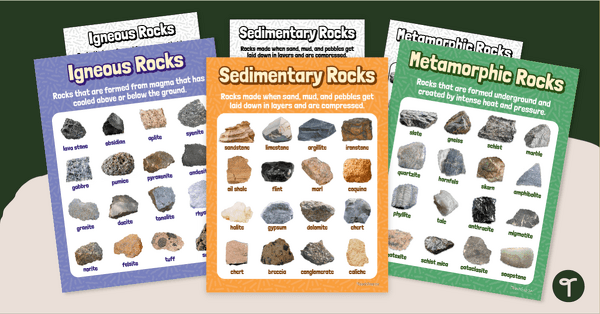
Rock Identification Chart Pack
Download a Rock Identification Chart to help your students identify examples of sedimentary, igneous, and metamorphic rock.
- Plus Plan
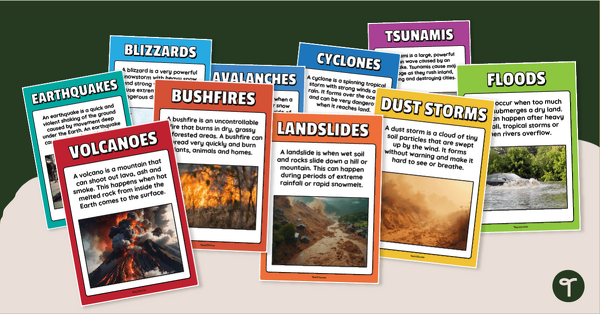
Natural Disaster Posters for Kids
Introduce and explain different types of natural disasters with printable natural disaster posters.
- Plus Plan
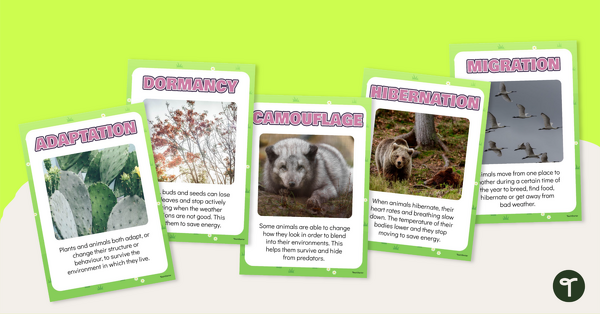
How Seasons Affect Plants and Animals Poster Set
Display these informative posters in your Grade One classroom to remind students of the five ways animals and plants adapt to seasonal changes in their environment.
- Plus Plan
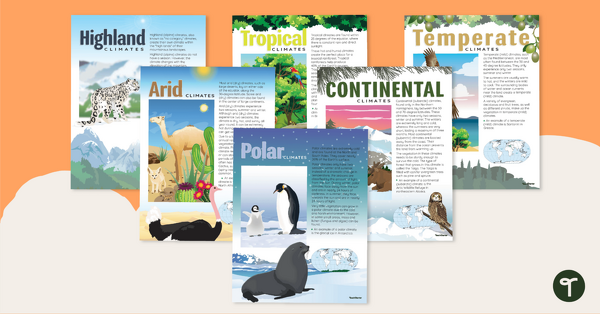
Climate Zones of the World – Poster Pack
Learn about different climate types with this set of 6 printable posters.
- Plus Plan
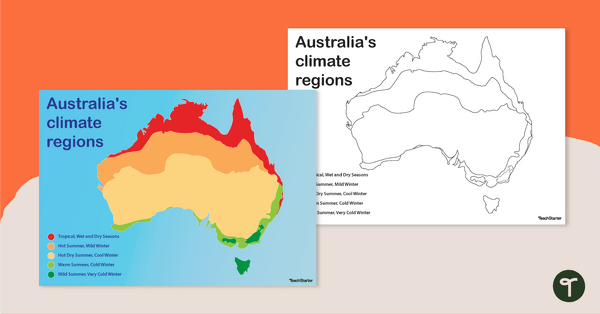
Australian Climate Regions Poster and Worksheet
A poster and a worksheet outlining the climate regions in Australia.
- Free Plan
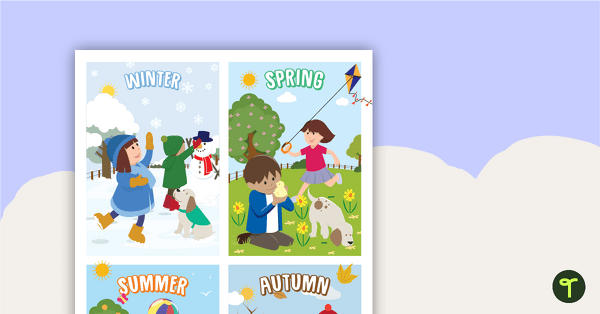
The Seasons - Posters
A set of beautifully illustrated posters that depict the seasons and the differences between them.
- Plus Plan
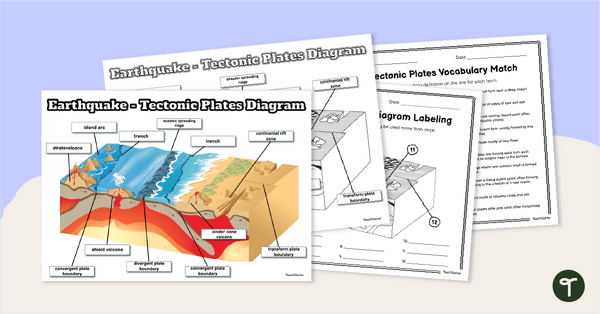
Earthquake - Tectonic Plates Diagram & Worksheets
Introduce students to plate tectonics with a labelled diagram and worksheet set featuring different types of volcanoes, layers of earth and landforms.
- Plus Plan

Seasons and Months Posters
Use these four months and the seasons posters to help your students to learn the seasons and their corresponding months.
- Plus Plan
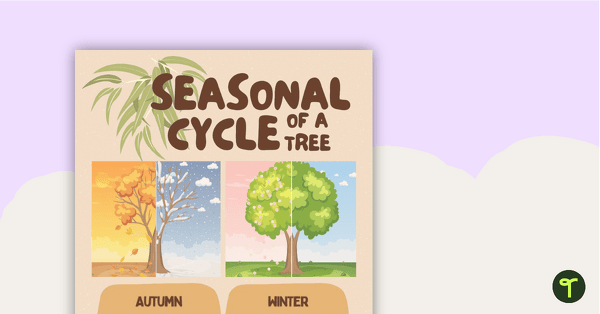
Seasonal Cycle of a Tree Poster
Help your students investigate seasonal changes undertaken by trees throughout the year with this infographic-style poster.
- Free Plan
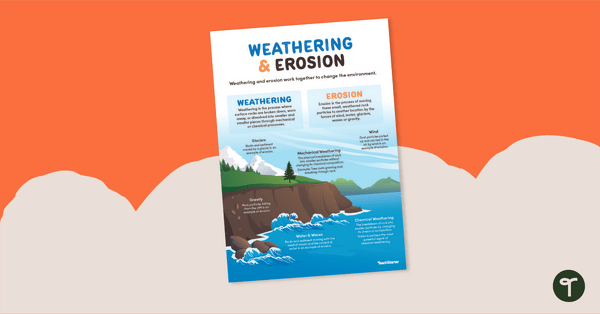
Weathering and Erosion Poster
Learn how weathering and erosion can cause slow changes to Earth’s surface with this printable poster.
- Plus Plan
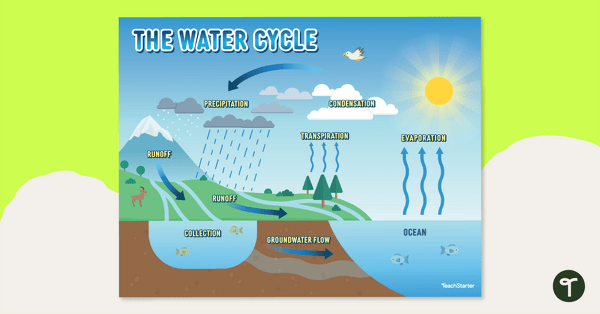
Water Cycle Diagram
Display this water cycle diagram when teaching about the continuous movement of water above and on the surface of the Earth.
- Plus Plan
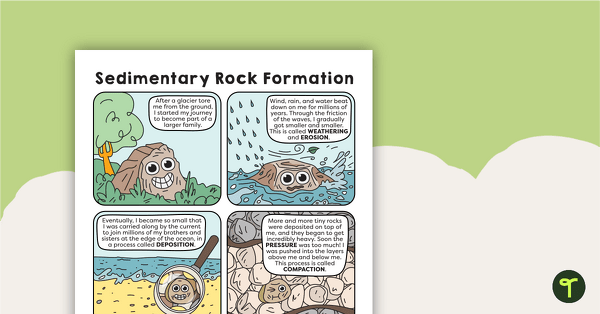
Sedimentary Rock Formation Poster
A poster explaining the processes that lead to the formation of sedimentary rocks.
- Plus Plan

Weather versus Climate Poster
A poster explaining the difference between weather and climate.
- Plus Plan
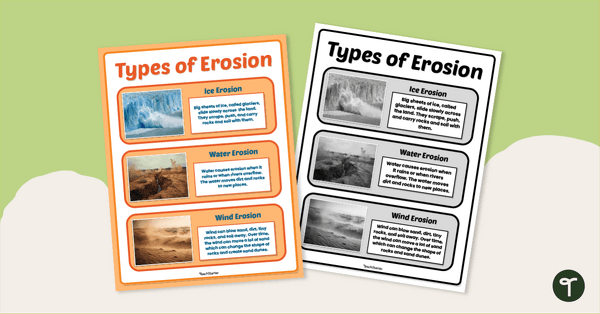
Soil Erosion Poster
Discover how wind, water, and ice change the Earth’s surface with a printable Soil Erosion Poster.
- Plus Plan
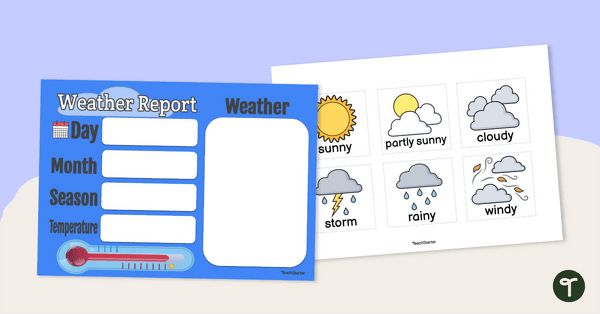
Classroom Weather Chart for Identifying Environmental Conditions
Use this fun classroom weather chart in your morning meetings to help students visualise the weather and changes in the environment due to the changing seasons.
- Plus Plan
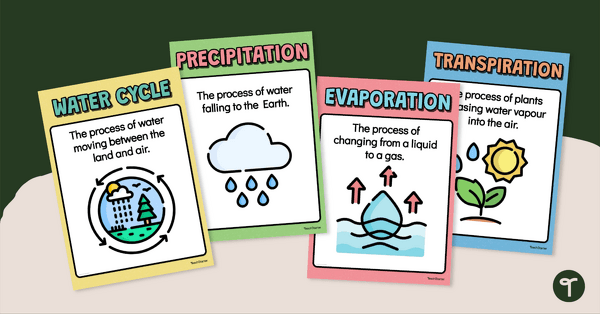
Water Cycle Poster Set
Display this set of simple, vibrant water cycle posters when learning about each water cycle step.
- Plus Plan
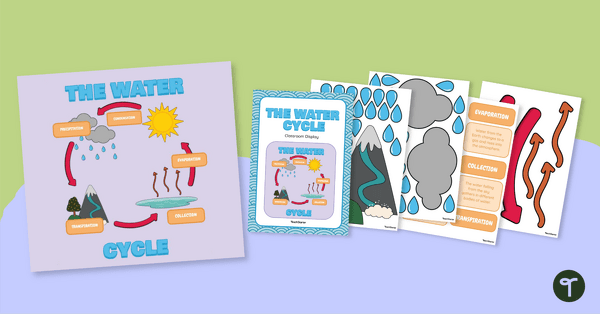
Water Cycle Diagram Classroom Display
Learn about the stages of the water cycle with this interactive classroom water cycle display.
- Plus Plan
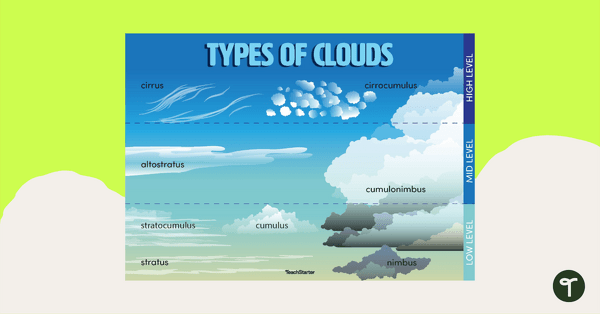
Clouds and Their Position – Poster
Learn about the different types of clouds and their position within the atmosphere with this printable poster.
- Plus Plan
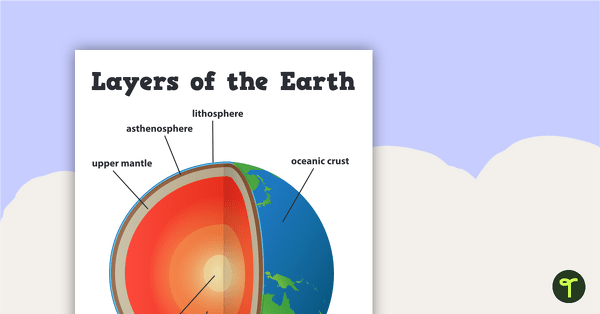
Layers of the Earth
An educational poster showing the structure of the Earth.
- Plus Plan

Types of Clouds - Identifier
Help your students identify the clouds in the sky with this cloud identifier.
- Plus Plan
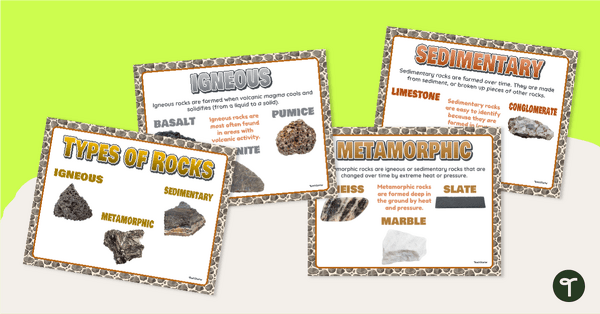
Types of Rocks Posters
Teach your students information about the three basic types of rock with a set of printable Types of Rocks Anchor Charts.
- Plus Plan

Seasonal Changes in Plants Posters
Display these seasonal plants posters to show your students the variations in fruit, vegetable and plant growth across Earth’s four seasons.
- Plus Plan
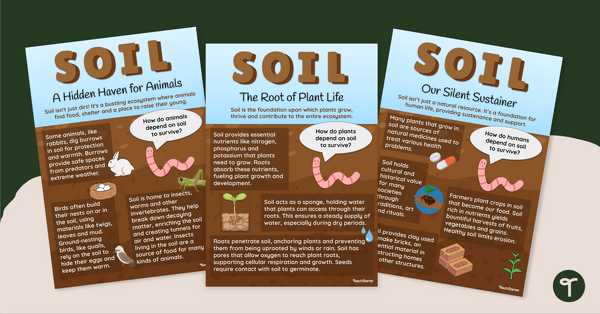
The Importance of Soil Posters
Show your students how plants, animals and humans need soil to survive with this set of three informative classroom posters to accompany your science lessons.
- Free Plan

Seasons in the Southern Hemisphere and Northern Hemisphere Poster
Use these posters in the classroom to give students a visual representation of the seasons (and which months they inlcude in both the Northern Hemishpere and the Southern Hemisphere).
- Plus Plan
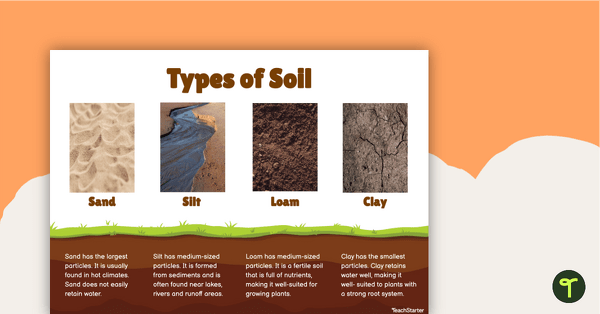
Types of Soil Chart
Remind your students about the four main types of soil with this soil chart for your classroom.
- Plus Plan
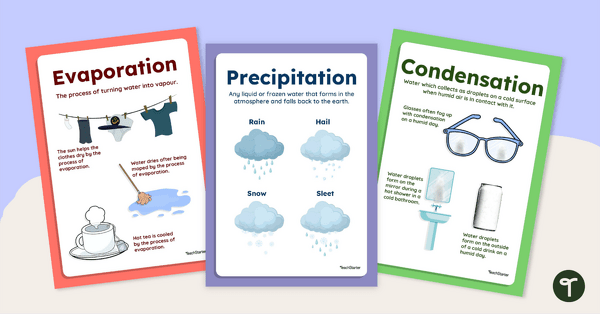
Set of Water Cycle Everyday Examples Posters
Learn everyday examples of evaporation, condensation and precipitation with this poster set for the classroom.
- Plus Plan
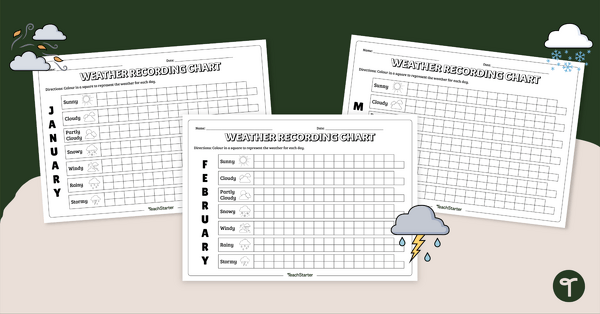
Printable Weather Recording Charts
Use these printable weather charts to graph and analyse the weather for each month.
- Plus Plan
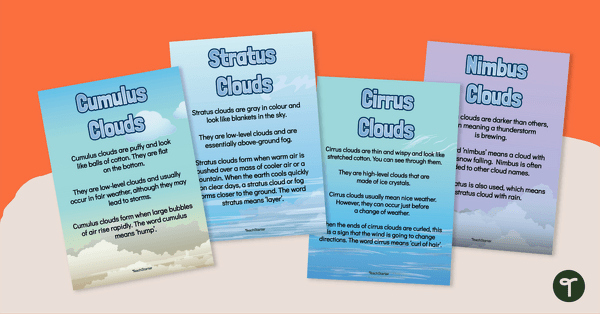
Types of Clouds – Poster Pack
Learn about nimbus, cirrus, stratus, and cumulus clouds with this set of 4 printable posters.
- Free Plan
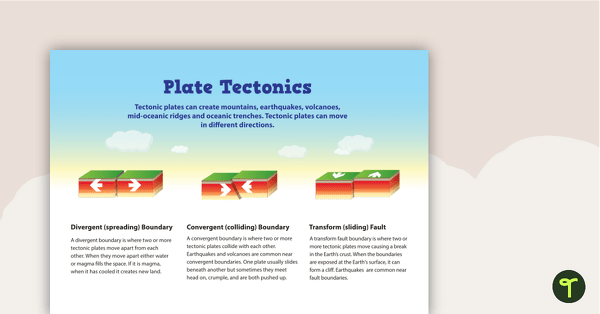
Plate Tectonics Poster
A poster explaining the main types of plate boundaries and their effects on the earth's surface.